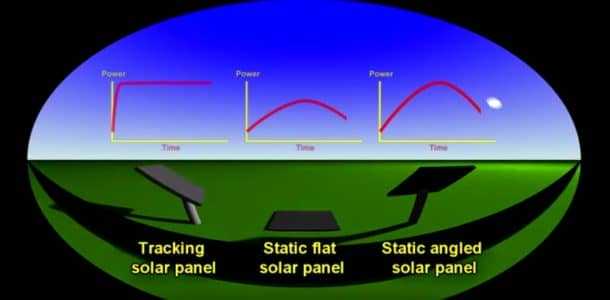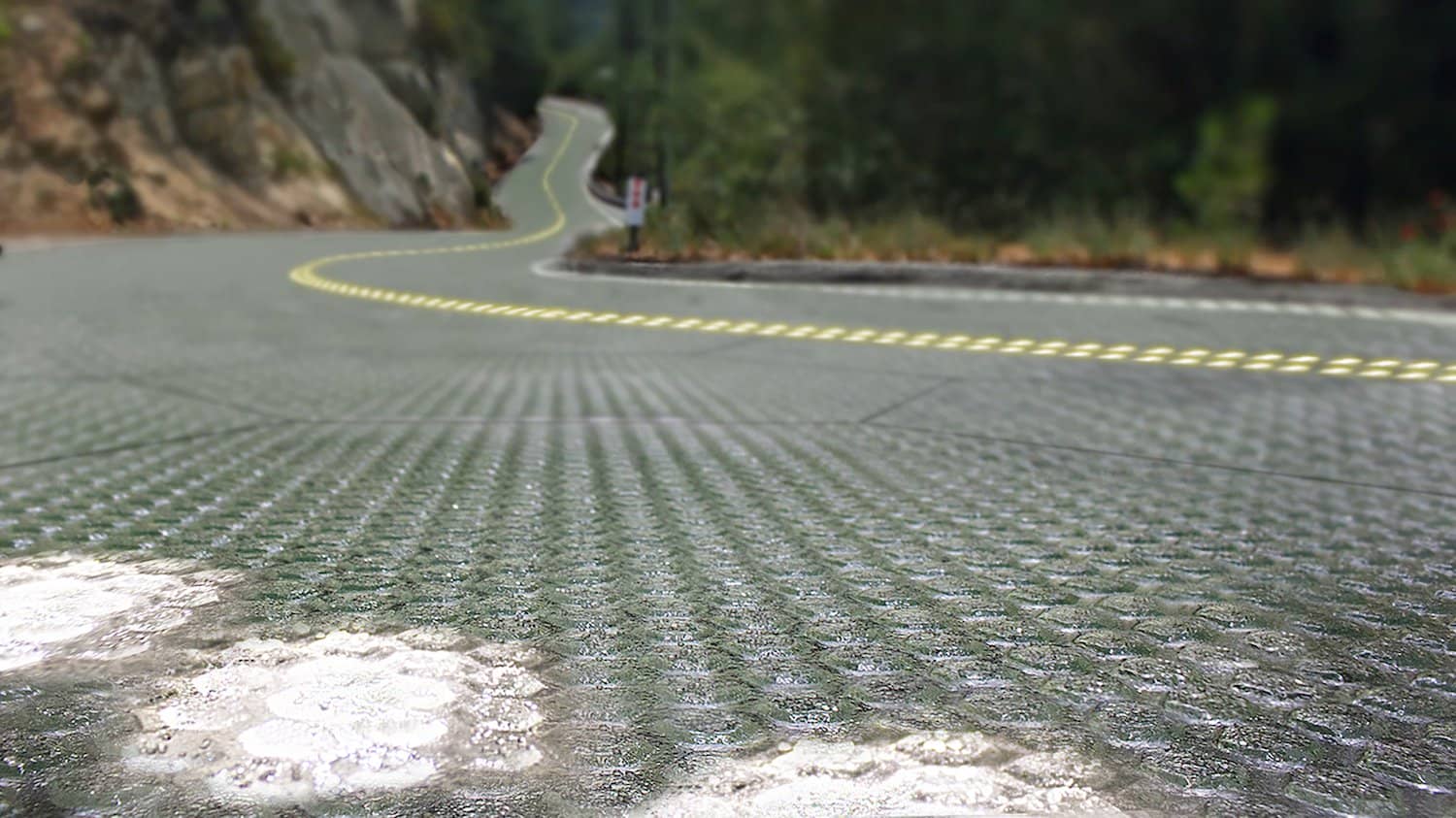Solar shed car parking and rooftop solar panels have become quite common but why did not anyone consider the idea of using solar panels on roads? It is a lot of surface area which is exposed to sunlight at most times. It looks like some people did consider solar powered roads, and the idea was super hyped everywhere. Such roads were planned to be constructed in France and Missouri, US. Roads carpeted with solar panels would produce electricity all year long. The same could power the LED patterns that would replace the painted lines, and even melt the snow during the winters while providing electricity to the grid, with minimum maintenance requirement. Is it the perfect solution to the entire world’s energy problems? In dreams maybe.
It turns out the solar roadways are a complete engineering failure, or rather an engineering disaster. Companies and even governments have spent millions of dollars in funding for the development of solar roadways resulting in nothing but broken roads with extremely inefficient solar panels. Keep dreaming about solar energy solving the global energy crisis, well it might contribute partially, but it will not be through the super hyped solar roadways.

Global road network spans over 16.3 million kilometers and if successfully implemented on even a fraction of these, the solar roads could ‘theoretically’ power the entire world. The idea has been in development for about seven years, and it has not been able to even pay off its return on investment (ROI).
To produce enough power with a solar panel, you need sufficient light. Researchers have discovered that the optimal way to harness sun energy is to track the sun or at the minimum, angle the panels to the direction of the sun. Panels laying flat on the surface are technically feasible but extremely inefficient. The flat panels will cause a 60 percent power loss compared to the tracking panels. All of this added with the wear and tear of panels due to traffic will deteriorate the efficiency even further.

Another add on to the idea was replacing paint on the roads with LEDs. If you have tried using your phone in the summer daylight, you can imagine how horrible that idea is. Using LED lights with a brighter intensity may slightly improve the visibility, but it is not even remotely close to the visibility of road paint.
The company claims that covering just the 6 billion square kilometers of roads in 48 states of the US would produce three times more electricity than the US needs annually. A calculation by the YouTuber ThunderFoot shows that the cost of just the glass for that area will be way above 20 Trillion Dollars. That is not a lot, just ten times as much as the federal budget. This does not even include other things like solar panels, other materials, and installation.
The cost of the Solar Roadway is enough to discourage anyone with a healthy mind from investing in such a project, but that is not the only problem. LEDs have a very short lifespan, which goes even further down from the wear and tear of the road traffic. The vulnerable panels and the microprocessors can not take the constant stress of ongoing heavy traffic for so long thus rendering the idea completely unfeasible.
After an investment of 4 million dollars, the company was able to pull off a highly disappointing demonstration where the LEDs, which were hardly visible anyway were powered by an external source. Only because the panels could not generate enough electricity even to light them. Among all the flaws and disappointments, the company did deliver one of its promises. The Solar Roadways were able to melt the snow, which should not be a surprise considering the amount of energy the lights consumed.
Solar Roadway says that a bit more of investment, mind you, that is nothing short of $5 million, they would be able to complete the testing and begin implementation. Honestly, there is no one who doubts that will ever happen.
Have a look at some of the disaster the over-hyped technology brought.


